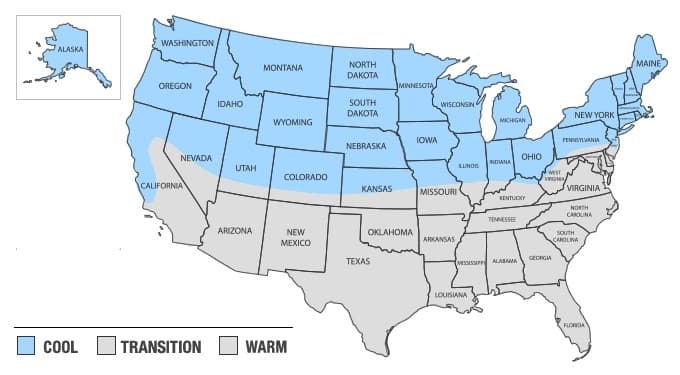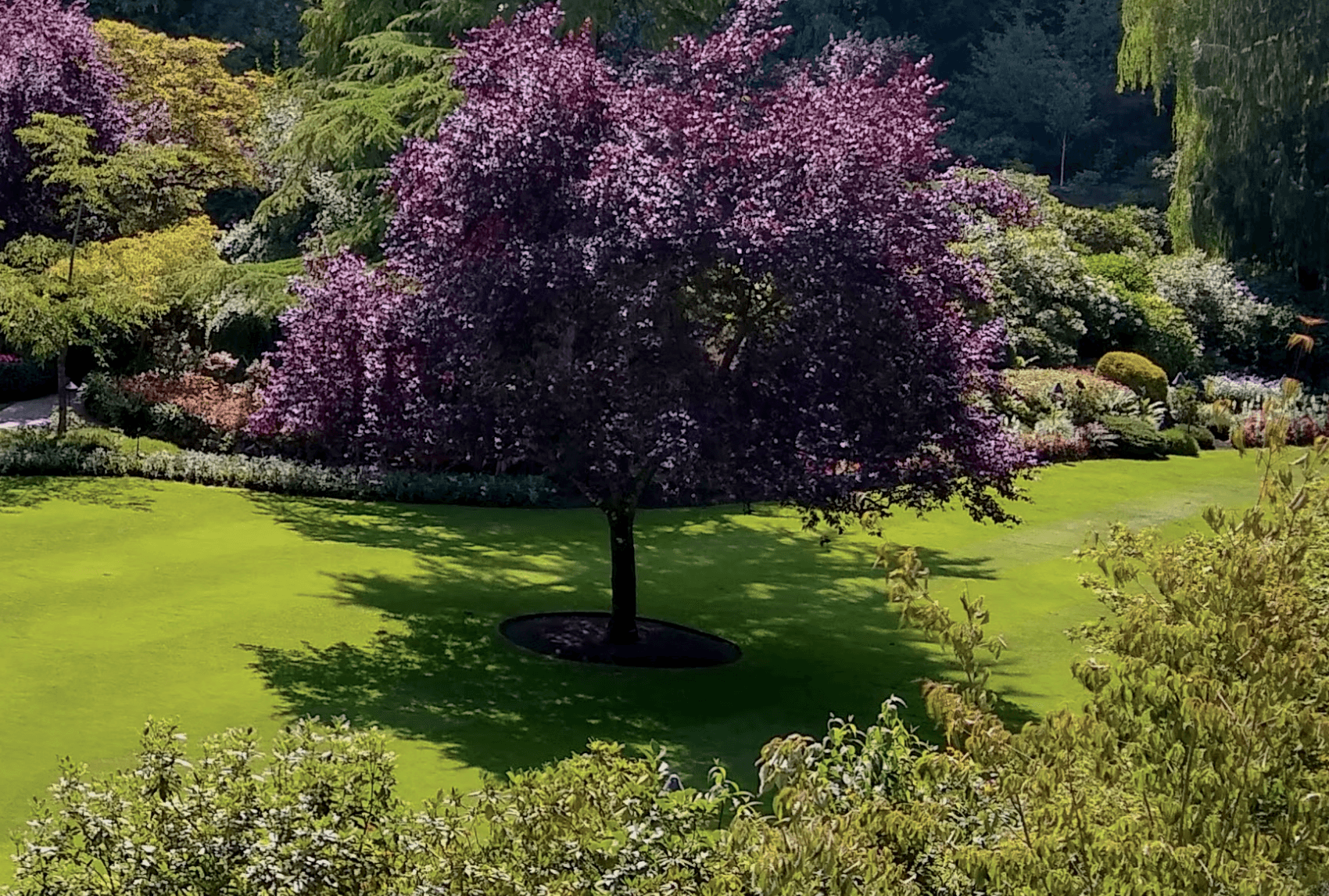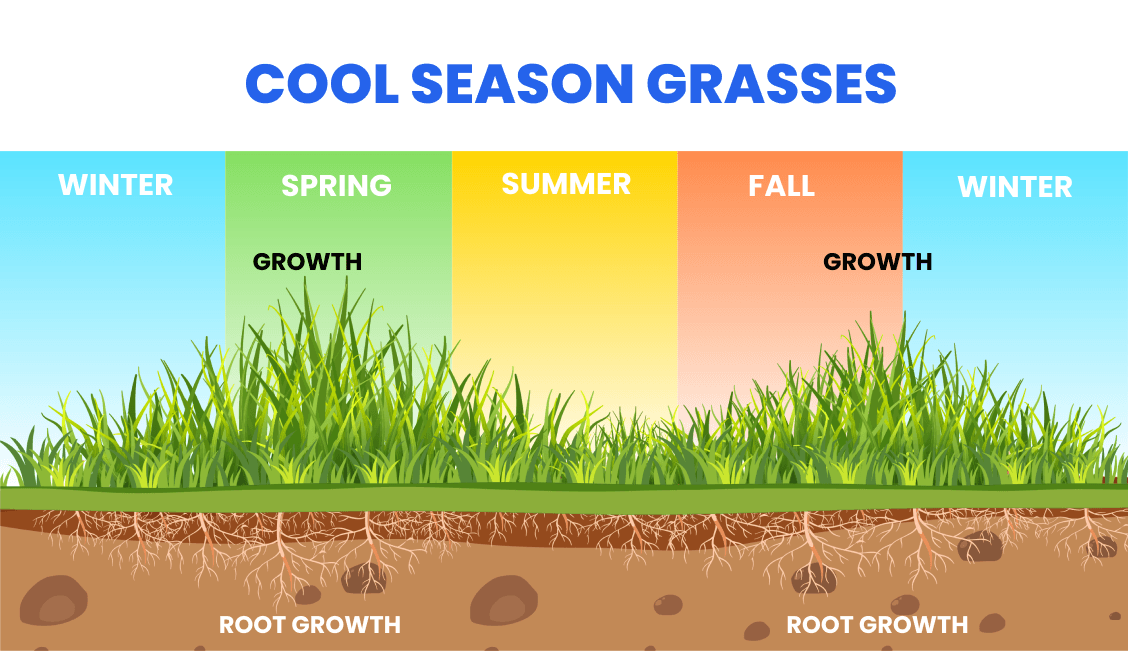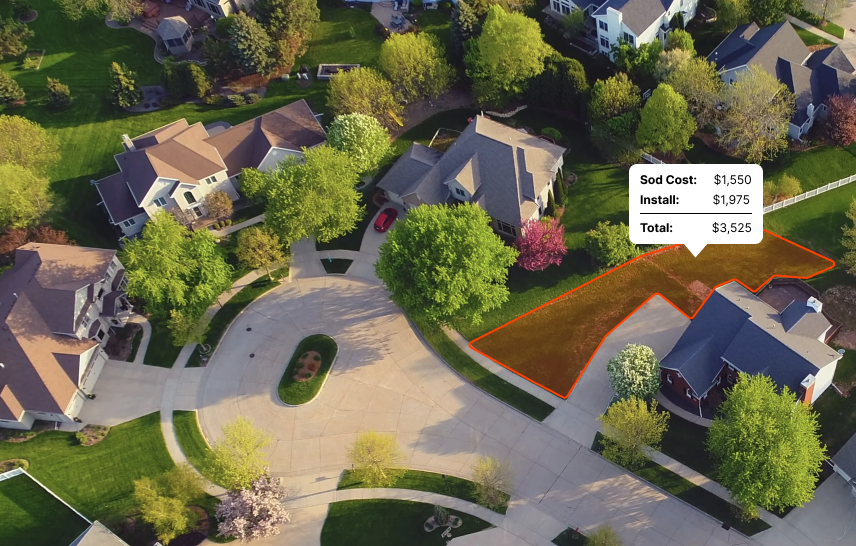Overall, growing grass in New Jersey can be a challenge, but with the right grass species and proper maintenance, it is possible to have a lush, healthy lawn.”
Introduction
New Jersey has a humid subtropical climate, which means it has hot, humid summers and cool to cold winters. This climate affects the types of grass that are best grown there because it requires a grass species that can tolerate both extremes of temperature.
The best time to lay grass in New Jersey is during the late summer to early fall when the soil is still warm but the temperatures have started to cool down. This allows the grass to take root and establish itself before the winter months.
New Jersey is located in the grass zone known as the transition zone. This zone is characterized by its unpredictable climate, with hot summers and cold winters.
The transition zone is known for its challenging growing conditions, as it is not quite warm enough for warm-season grasses and not quite cool enough for cool-season grasses. Therefore, it is important to choose a grass species that can tolerate the fluctuating temperatures of this zone.
What are the best sod types for NJ?
In the world of landscaping, not all grasses are created equal. Each thrives in a specific climate zone: cool, warm, or transition.

New Jersey, with its cool season climate, prefers a particular set of grasses that relish the lower temperatures. The following sods are the easiest to grow and maintain in New Jersey:
While it's possible to grow grasses meant for other regions with proper care, attention and timing, these are the most common grasses in New Jersey for residential lawns.
Level Up Your Lawn Skills
Once per week we'll send you an interview from someone who has mastered the art of lawn care.
Recommended species for shade
All right, grass fanatics of New Jersey! When it comes to growing a luxurious carpet of lawn in shaded areas, we don't mess around. We've got things to do, places to be, and we don't have the time for a subpar, patchy lawn.Rule numero uno: you're dealing with shade, dance with it. Not every grass type is cut out for the shadow life, but we've got the ones that are.First up, welcome Fescue to the stage. Tall Fescue and Fine Fescue, I'm looking at you. These cool-season grasses can roll with less sunlight - three to four hours a day, and they're golden. Literally. All they need is a few measly hours for photosynthesis, and then they’re off and running to shade cover superstar status. They love New Jersey’s cold winters as much as we do, proving their toughness through the chill.Next, let's salute Kentucky bluegrass. While it generally enjoys sunbathing, certain varieties like 'Nuglade' and 'Glide' can thrive in reduced light. We're talking about four to five hours of sunlight a day, so these divas need a bit more compared to the humble Fescue. A worthwhile trade-off when you see the stunning blue-green hue it gives.Last but not least, say hello to perennial ryegrass. An adaptable performer, it powwows with the shade like a charm. If you maintain it with a good overseeding regimen, you've won half the battle. Just remember, it needs between four to six hours of sunlight a day to maintain that beautiful rich green mop-top.Keep in mind, even these tough-as-nails grasses won't turn your shadow patch into a day-glo green vista overnight. But given time and proper care, they'll show their true colors. We guarantee it. So, New Jersey-lites, suit up! It's time to get your sod on.

Recommended for full sun or partial sun
Choosing the right sod for your lawn depends heavily on the sunlight exposure in your yard. Different grass types have varying light requirements for optimal growth and appearance. Assessing whether your lawn receives full or partial sun is essential in selecting sod that will flourish and stay healthy in your specific environment.
Below are some sod options recommended for either full sun or partial sun conditions in NJ:
| Grass Type | Sun | Good to Know |
|---|---|---|
| Tall Fescue | Partial | Tall Fescue is adaptable to a range of conditions, including partial sun, and is known for its deep root system and tolerance to drought. |
| Kentucky Bluegrass | Full | Kentucky Bluegrass prefers full sun and is prized for its fine texture, rich color, and ability to recover quickly from damage. |
| Perennial Ryegrass | Full | Perennial Ryegrass thrives in full sun and is known for its rapid germination, fine texture, and bright green color. |
| Fine Fescue | Partial | Fine Fescue is well-suited for partial sun and is appreciated for its fine texture, shade tolerance, and low maintenance requirements. |
What varieties stay green year-round?
As with anything agriculture related, there is some nuance to this question. There are many grasses that can stay green year round in but it depends heavily on your location within New Jersey as well as any microclimates that may exist.
The following grasses have the ability to stay green year round in New Jersey:
| Grass Type | Caveats |
|---|---|
| Tall Fescue | It typically stays green throughout the year in milder climates, given that it isn't overly stressed by heat or drought in the summer. |
| Kentucky Bluegrass | It can retain its green color for much of the year when well-maintained, though harsh winter temperatures can push it towards dormancy and a browner hue. |
| Perennial Ryegrass | It can stay vibrant and green throughout the year in many climates, unless conditions are extremely cold or dry. |
| Fine Fescue | It keeps its green color throughout the year in ideal conditions. If the winters are particularly harsh, it may lose some color. |
What is the best time to lay sod in New Jersey?
Since it is considered a cool-season location, the ideal time to lay sod is in early spring or early fall. These periods offer moderate temperatures, leading to less stress on the sod and providing optimal conditions for root establishment before extreme temperatures of winter or summer. Avoid the summer, as high heat can stress the sod.
As you can see in the image below, you'll notice the most shoot growth (the grass above ground) and root growth in the spring and fall for cool season grases:

Find reputable companies for installing sod in NJ
Here are the top problems you'll face when trying to get sod installed by a landscaping company:
- They're not transparent about pricing. You'll often get a quote that's way higher than you'd expect.
- They're hard to get ahold of on the phone or you'll reach out online but won't hear back.
- It's hard to pin them down for a specific date. Because you can only bring sod from the farm when there's decent weather, this causes some delays at times. It also has a short shelf life, so it's important to get it installed within a day or two of delivery.
We've done all the work for you. Click below to get a quote from one of the top installers in New Jersey.

